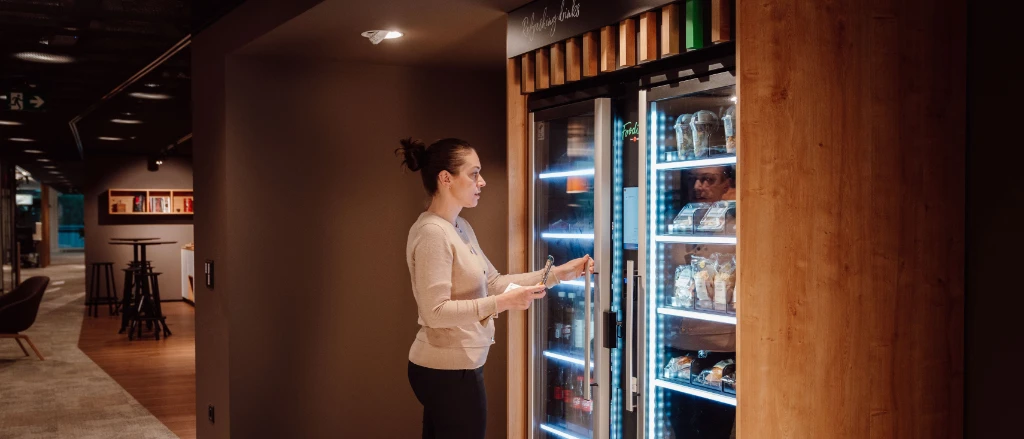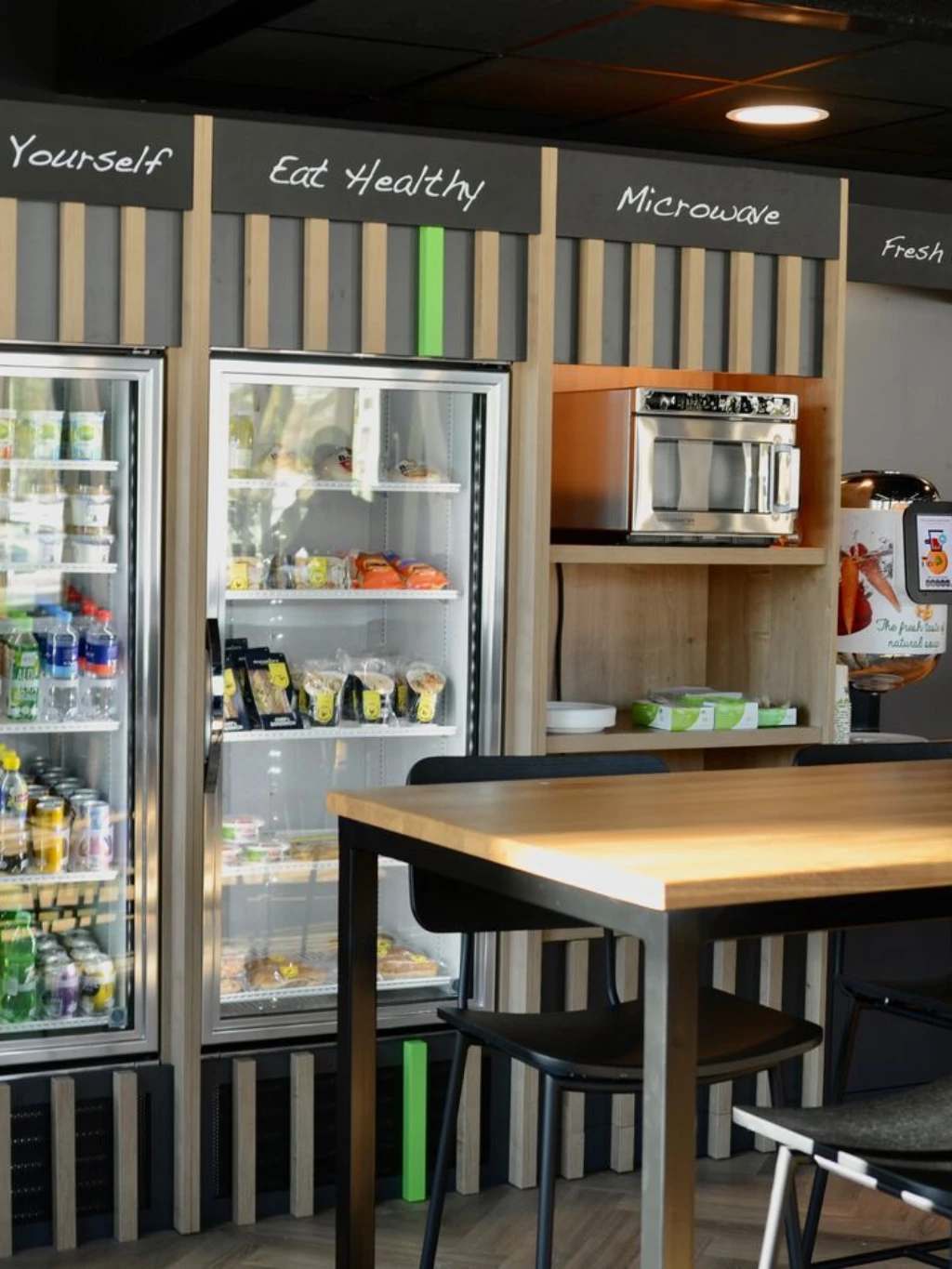To put this into context, in Japan, for every 23rd person walking the streets, there is self-service assistance in the form of a vending machine, kiosk, and ATM and the demand doesn’t appear to be in decline. Consumers prefer self-service technology over manual dealings, mainly due to hygiene reasons and speed of delivery. Therefore, the demand for these automated devices is expected to increase and eventually drive the overall market growth.







